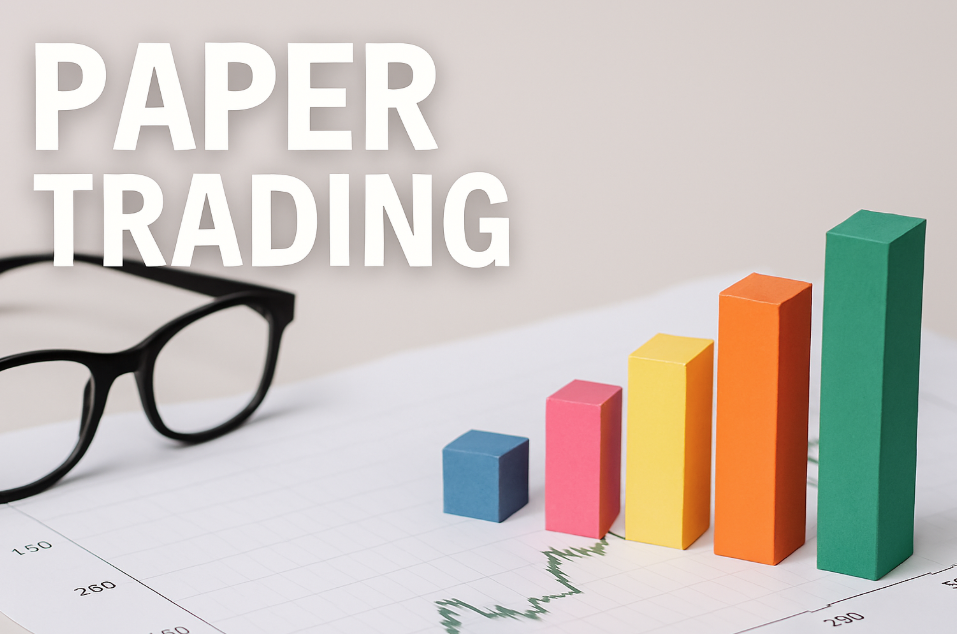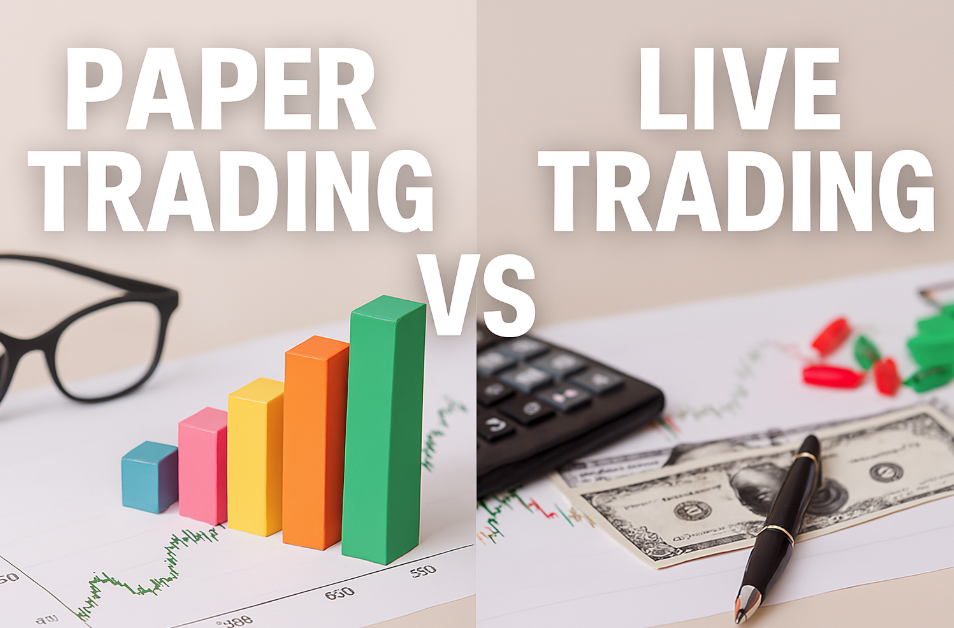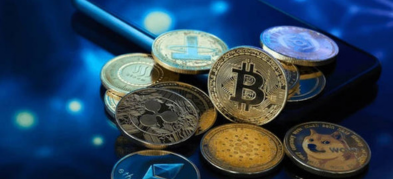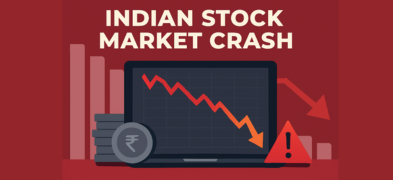Important Information
This website is managed by Ultima Markets’ international entities, and it’s important to emphasise that they are not subject to regulation by the FCA in the UK. Therefore, you must understand that you will not have the FCA’s protection when investing through this website – for example:
- You will not be guaranteed Negative Balance Protection
- You will not be protected by FCA’s leverage restrictions
- You will not have the right to settle disputes via the Financial Ombudsman Service (FOS)
- You will not be protected by Financial Services Compensation Scheme (FSCS)
- Any monies deposited will not be afforded the protection required under the FCA Client Assets Sourcebook. The level of protection for your funds will be determined by the regulations of the relevant local regulator.
Note: Ultima Markets is currently developing a dedicated website for UK clients and expects to onboard UK clients under FCA regulations in 2026.
If you would like to proceed and visit this website, you acknowledge and confirm the following:
- 1.The website is owned by Ultima Markets’ international entities and not by Ultima Markets UK Ltd, which is regulated by the FCA.
- 2.Ultima Markets Limited, or any of the Ultima Markets international entities, are neither based in the UK nor licensed by the FCA.
- 3.You are accessing the website at your own initiative and have not been solicited by Ultima Markets Limited in any way.
- 4.Investing through this website does not grant you the protections provided by the FCA.
- 5.Should you choose to invest through this website or with any of the international Ultima Markets entities, you will be subject to the rules and regulations of the relevant international regulatory authorities, not the FCA.
Ultima Markets wants to make it clear that we are duly licensed and authorised to offer the services and financial derivative products listed on our website. Individuals accessing this website and registering a trading account do so entirely of their own volition and without prior solicitation.
By confirming your decision to proceed with entering the website, you hereby affirm that this decision was solely initiated by you, and no solicitation has been made by any Ultima Markets entity.
I confirm my intention to proceed and enter this websitePaper trading is a risk-free way to practice buying and selling stocks, forex, crypto, or other assets without using real money. By simulating trades in real-time market conditions, traders can learn, test strategies, and build confidence. While it doesn’t fully replicate live trading, paper trading remains one of the most effective tools for beginners and professionals alike.
What Is Paper Trading?
Paper trading is simulated trading where investors practice buying and selling assets without using real money. It allows traders to test strategies, learn order types, and track results in real-time market conditions through demo accounts. The goal is to build skills and confidence before transitioning to live trading.
Today, most brokers including Ultima Markets provide demo accounts with virtual balances that mirror real market conditions. With a demo account at Ultima Markets, traders can practice forex, indices, and commodities using virtual funds in real-time market conditions. This helps beginners test strategies and gain confidence before moving to live trading.

How Paper Trading Works
If you’re new to trading, think of paper trading as a practice game before the real match. You get to trade in the market without risking your money. Here’s how it works step by step:
Open a Demo Account
Most brokers, including Ultima Markets, offer free demo accounts. You’ll be given a virtual balance for example, $10,000 to practice trading.
Use Real Market Prices
Even though you’re not using real money, the prices you see come from the actual market. If EUR/USD goes up in the real forex market, it will go up in your demo account too.
Place Trades Like the Real Thing
You can buy or sell forex, stocks, or commodities by entering trades exactly the same way as in a live account. You’ll select your trade size, set a stop-loss, and take profit.
Watch How Your Trades Perform
Once your trade is placed, your demo account will update instantly. You’ll see profits or losses just like in real trading but remember, it’s only virtual money.
Practice Strategies Without Risk
This is your chance to test different methods. Maybe you try day trading, or you experiment with a moving average strategy. Whatever you do, you’re building skills without financial risk.
Treat your paper account seriously. Trade as if it were your real money. This mindset will prepare you better for when you eventually switch to live trading.
Advantages of Paper Trading
Learn Without Risk
You can trade with virtual funds, so there’s no danger of losing your hard-earned money while you learn.
Test Trading Strategies
Whether it’s trend-following, scalping, or swing trading, you can try out different methods and see which works best for you.
Build Confidence
By practicing in real market conditions, you’ll feel more comfortable placing trades when you move to a live account.
Understand Market Mechanics
You’ll learn how orders, stop-losses, and take-profits work before risking real capital.
Get Familiar With the Platform
Using a demo account, such as the one provided by Ultima Markets, helps you practice on the same tools you’ll use when trading live.
Disadvantages of Paper Trading
Many traders perform well in demo accounts but struggle when real money is involved.
No Real Emotions
Since you’re not risking actual money, you won’t feel the fear or greed that affects decision-making in real trading.
Unrealistic Executions
Paper trades often assume perfect order fills. In live markets, slippage and spreads can impact results.
False Confidence
Success in demo trading can lead to overconfidence. Some traders risk too much when they switch to live accounts.
Limited Realism for Large Trades
If you place huge trades in a demo account, they’ll always “fill.” In reality, liquidity may prevent this.
Transition Shock
Moving from a risk-free environment to a live account can be overwhelming if you’re not prepared mentally.

Paper Trading vs Live Trading
Paper trading and live trading share the same market prices, charts, and order types but the experience is very different. Paper trading is like a flight simulator, it teaches you how to use the controls without real danger. Live trading, on the other hand, is when your capital is actually at risk, which adds emotional and financial pressure.
Key Differences Between Paper and Live Trading
| Feature | Paper Trading | Live Trading |
| Risk | No real money involved | Real money at stake |
| Execution | Orders usually fill instantly, no slippage | Slippage, spreads, and partial fills apply |
| Emotions | Calm practice without fear or greed | Stress, hesitation, and overconfidence affect decisions |
| Learning Value | Great for practicing strategies and tools | Crucial for developing real market discipline |
| Capital Growth | Profits and losses are only virtual | Gains and losses impact your real portfolio |
Is Paper Trading Free?
Yes, paper trading is free with most brokers, including Ultima Markets. On the Ultima Markets platform, you can open a demo account with up to US$100,000 in virtual funds. This allows you to practice trading forex, indices, and commodities in real market conditions without risking your own money.
Can You Make Money From Paper Trading?
No, paper trading is purely educational. Since no real money is at risk, profits and losses are virtual. However, the knowledge and skills gained can translate into real profits once you transition to live markets.
Is Paper Trading Realistic?
Paper trading is realistic in terms of market data and order placement but less realistic in terms of:
- Execution quality – Live orders may face slippage.
- Psychology – Real emotions are absent.
- Liquidity impact – Large orders in real markets may not fill instantly.
This is why professionals use paper trading for testing, but they also combine it with small live positions.
How Long Should You Paper Trade?
Most traders should paper trade for at least one to three months before switching to live trading. The exact duration depends on your progress, keep practicing until you can follow a strategy, manage risk, and trade consistently without major mistakes. Once confident, start live trading with small amounts.
Conclusion
Paper trading is one of the safest and smartest ways to prepare for the financial markets. It allows you to practice strategies, learn how trading platforms work, and build confidence, all without risking real money.
With a free demo account at Ultima Markets, you can access up to US$100,000 in virtual funds and trade forex, indices, and commodities under real market conditions. This gives you the perfect training ground before you step into live trading.
Start with paper trading to master the basics, then transition gradually into live trading once you’re ready. That way, you’ll combine knowledge with experience and trade with purpose.
Disclaimer: This content is provided for informational purposes only and does not constitute, and should not be construed as, financial, investment, or other professional advice. No statement or opinion contained here in should be considered a recommendation by Ultima Markets or the author regarding any specific investment product, strategy, or transaction. Readers are advised not to rely solely on this material when making investment decisions and should seek independent advice where appropriate.












